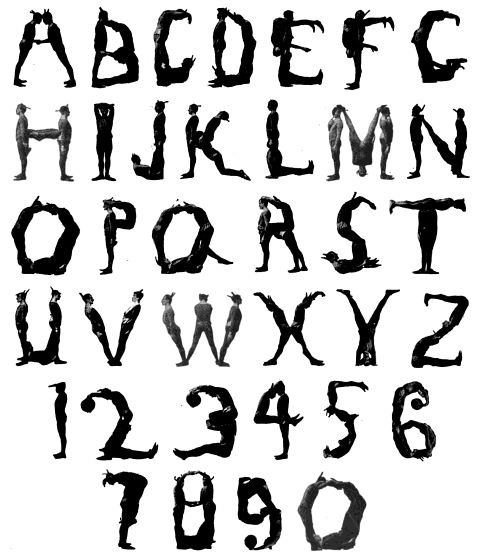From a letter by Henry U. Swinnerton of Cherry Valley, N.Y., to Science, March 10, 1893:
Towards sunset, late in April, 1886, on a warm, thawing day, the snow rapidly disappearing, two men, Capt. John E. Hetherington and Mr. Marcus Sternberg, as they rode down the long hill towards this village from the east, saw what appeared to be innumerable spherical bodies floating in the air like soap-bubbles. Both men saw and wondered at the appearance for some moments before either spoke. Capt. H. then said, ‘I wonder whether I am dreaming?’ The other rubbed his eyes and echoed the sentiment. ‘Well,’ said the captain, ‘I wonder if you see what I see; what do you see?’ They questioned each other, and both agreed as to their impressions. An orchard lay along the lower and northwesterly side of the road, and all in among the apple-trees were thick, gently descending multitudes of these bubbles, pretty uniform in size, say, 8 or 9 inches in diameter, apparently; none less than six; no small ones being observed.
The two observers state that they carefully fixed their attention on particular bubbles, in order to compare notes, and saw them seem to rest on the bough of a tree, or the top board of the fence, and then gently roll off and disappear or go out of sight. The sun was sinking and dropped below the opposite hills as they reached the foot of the long descent and entered the village, and the appearance came to an end. But up to this time the air seemed to be filled with these transparent floating spheres. The position of the observers with regard to the light seems to have made some difference as to seeing well this or that large aggregation or swarm that one or the other pointed out. The bubbles were highly colored, iridescent, gave the same sort of reflections as soap-bubbles, and apparently vanished individually in much the same way. All these points I have ascertained by repeated conversations.
Swinnerton vouches for the “unimpeachable character” of the witnesses. “The only theory I have been able to form to account for such a phenomenon is, that if a certain kind of dust floated off in the air, each particle composed of some sort of saponaceous envelope, enclosing a highly expansible centre or core, like ammonia, particles of this character expanded by the warm air, and at the same time moistened, might, under very nice conditions, produce such an effect.”



